This is going to be a slightly different post to usual, as it will not be straight history. I will cover some of the history of the ballroom above Flinders Street Station in Melbourne, Victoria, but I will be telling the story of how I experienced it for the first time (I’ve been trying to get inside for about ten years) as the exhibition space for Patricia Piccinini’s Miracle Constantly Repeated. So this piece will be part history, part personal narrative, and part art exploration. It also ties nicely back to a post I wrote some years ago about art interpreting historical spaces.
But back to the Ballroom. The Flinders Street Ballroom is one of those almost mythical places in cities, that everyone has heard of, and most people have never seen. The sort of place that pops up in newspaper articles every few years or so, with new ideas for its future, or stories of its past. These are the sort of places that strike at the heart of a city’s imagination, kind of like secret tunnels. But unlike most supposed secret tunnels, the Flinders Street Ballroom is very real.
Flinders Street Station has had trains running from roughly the same location since the 1850s, it’s the main station in Melbourne, and ‘meeting under the clocks’ remains a tradition to this day. The current buildings, you can see in the photos below, were the result of a design competition and were completed in 1910.
The Ballroom was not part of the original plan and was added during construction because of the creation of the Victorian Railway Institute. The VRI was founded in 1910 with the aim of promoting the intellectual, social and physical well-being of the members- who were largely railway staff. They still exist actually, though they have expanded beyond railway workers. The ballroom was originally the VRI’s lecture hall, and the other rooms housed, a gym with a boxing ring, a lending library which took books to members by train, and education classes at night. It was a similar concept to Mechanics’ Institutes, you can read more about MIs here. You can see members of the VRI in the then lecture hall in the photo below from the State Library of Victoria.

Much of the original lecture hall can still be seen today in the remaining fabric of the Ballroom. And you can see the activities of the VRI still reflected in the surrounding rooms. The message you can see scrawled on the wall in the final photo below, though, is thought to date to the late 1960s, once the upper floors had already begun to fall into disrepair.
By the early 1900s the lecture hall had become a ballroom, you can see an image of it all decked out in bunting from roughly the 1930s from Victorian Railways Corporation records, held at PROV, below.
By the 1950s, the dances there were so popular a mezzanine had to be added to accomodate more people. The balls always finished by midnight so everyone could catch the last train home.
By the 1970s the rooms began to fall into disuse, the last dance in the ballroom was held in 1983. It wasn’t until 1985 that the public use of the ballroom and surrounding rooms pretty much ceased completely. Every ten years or so another announcement of refurbishment pops up, there’s been ideas of locating the Melbourne City Library on the third floor (an idea I’d be in favour of as they badly need the space), of reopening the Ballroom as a ballroom, or running a school up there, along with many other concepts, none of which have come to fruition. The Andrews Government began restoring the whole Flinders Street Complex in 2015, including removing 10 tonnes of pigeon poo from the dome. The Ballroom is part of this redevelopment, but what it will be used for in the future remains very much up in the air. You can see some of development of the Ballroom (and the rest of the station) in the video below.
While the future of the use of the Ballroom remains uncertain, it has been open to the public occasionally. Either for Open House Melbourne (which ran on a ballot system which I was sadly never lucky enough to be successful in) or for artists to work in. This included the recent Rising Festival, which is where my journey into the Ballroom begins, and where we step away a little from the history and into the world of art.
As I said at the beginning, I’ve been trying to get into the Ballroom for about ten years, it’s just one of the those places that light up my imagination, and my desire to explore odd historical places (kind of the point of this blog). So when it was announced that Rising would be opening the Ballroom, I couldn’t get a ticket fast enough. Then, as has been a familiar story across the world, COVID reared its head again, forcing Melbourne into a two week lockdown, and effectively cancelling the festival, which was devastating to all involved. There was one bright light though. Miracle Constantly Repeated was being held inside in a space that wasn’t being used for anything else, so Rising managed to extend its run. And lucky enough for me restrictions lifted the day before I had my ticket. So I was one of the first groups to experience Patricia Piccinini’s extraordinary installation, in the endlessly fascinating Flinders’ Street Ballroom and surrounding rooms. For me the exploration of both the installation and the third floor rooms was a linear experience, so I thought I’d recreate it. There is just so much layered history in the rooms, that you’ll find a lot of pressed metal photography, and small corners where the origins of the stripped back rooms are poking their heads through. I hope you find it interesting, and it can give you a taste of the transcendental experience of the combination of the installations and the palpable sense of History that hangs over it all.
My journey began with the entrance to the stairs that lead you above.

I really didn’t have a clear idea of what I would find as I began the three story climb, even the stairs show a building that has lived a complex life.
Until ultimately you reach the top, and a corridor that seems to run into the horizon.

Piccinini’s installations are in the rooms along the corridor in both directions, culminating in the the full installation in the Ballroom, which really has to be seen to be believed.
As I wandered amongst their wonder, I was also exploring the building, finding the small places where time (and builders) had pulled back layers. But also looking at Melbourne literally from a new perspective.
There is also a lot of very lovely pressed metal, walls and ceilings, and I may have got slightly too excited about it, so I thought that rather than including them along the journey, I’d just do an overview.
Piccinini’s works is an exploration of nature and the urban environment, of a hybridisation between inanimate object and nature, with objects taking on natural characteristics, or nature adapting to more mechanisation, of chimeras’s who fit in both worlds and how humans find a place. But it is more than this too, she looks at elevating the notion of kindness and caring, for other humans and for the environment, of evolution and change. She creates odd creatures, that challenge how we see ourselves, she creates forests of flowering organs that tell stories of the future and the past, of rituals and ecology. She also has what has to be my favourite line for an exhibition description that “big sculptures don’t just have to be about important men in hats on horseback”.
It’s one of those exhibitions that you really need to see in person to appreciate, especially the way she has worked with the building. Everything I’ve said and will say is my own interpretation, based on the guides provided. You could view her work and experience something totally different, and that’s what I love most about art. We are seeing the expressions of someone else’s thoughts, but the pieces become our own as well, as we view them through the lens of all our own beliefs, and concepts of the world. I’m not going to include the whole installation, because if you have the chance you really should go and see it, but this should give you an idea.
You begin your journey with Diorama, an art with historic links that blurs the line between realism and the artificial.
We then move through to Sapling, where the concept of a tree’s personhood and sentience is explored.


In the same room as Sapling are the Shoeforms, which epitomise Piccinini’s concept of naturalised technology.
In a room further along you’ll find The Couple based around the central conceit of Mary Shelly’s Frankenstein, in this case what would have happened if Frankenstein loved the creature he created. It’s essentially a meditation on the importance of empathy and caring. I especially loved that Piccinini created the whole room around her ‘couple’ and how it felt incredibly lived in, with the aesthetic of the old building.
The following room was my favourite, ballroom aside. Celestial Field is mesmerising, the human and natural border are collapsing as flowers, like organs, grow and hang from the ceiling and in the middle is The Balance- the naturalisation of mechanisation, as two mechanical forms reach for each other.
I also shot a short video, just to give a real feel for the atmosphere Piccinini creates.
We move along to No Fear of Depths the aforementioned large sculpture of caring.
Probably my favourite of Piccinini’s individual works came next ‘The Supporter’ the idea of a natural environemnt growing out of an urban one, and a sybiotic relationship where humans, nature and the urban world, all sort of hold eachother together.
And finally we culminate in the Ballroom, which honestly I’m not going to try to describe, as the pictures speak for themselves.


As truly miraculous as Piccinini’s A Miricale Constantly Repeated is, the small parts of the building that speak with her work, the old bones that you can see, the small stories- which is kind of what this blog is about- matter to me as much, so I wanted to finish with those.

References:
http://vhd.heritage.vic.gov.au/places/result_detail/752
https://www.atlasobscura.com/places/flinders-street-station-ballroom
https://www.flindersstreetstation.com.au/third-floor.php
http://wiki.prov.vic.gov.au/index.php/File:12903-P0001-000364-085.jpg#filelinks
https://www.development.vic.gov.au/projects/flinders-street-station?page=overview
http://search.slv.vic.gov.au/permalink/f/cjahgv/SLV_VOYAGER1795533
https://miracle.rising.melbourne/the-ideas-behind-a-miracle-constantly-repeated
All the photos and videos are mine- unless attributed elsewhere in the post.
There are still tickets left to A Miracle Constantly Repeated- if you’re in Melbourne, I highly recommend you go
https://rising.melbourne/festival-program/patricia-piccinini








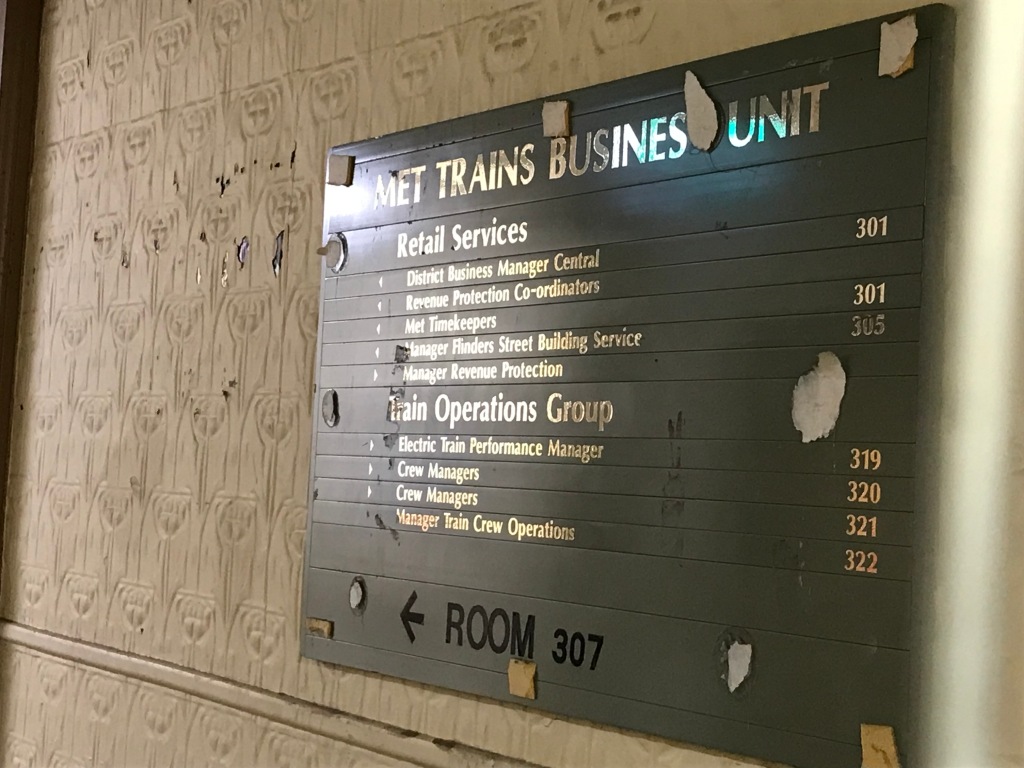







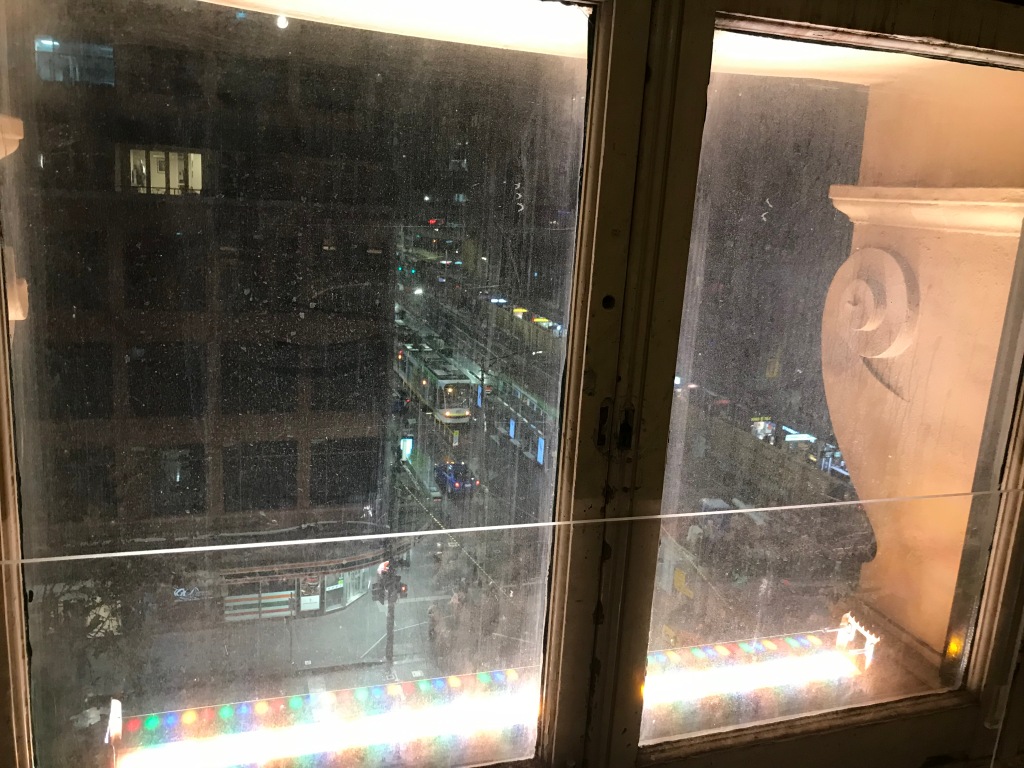





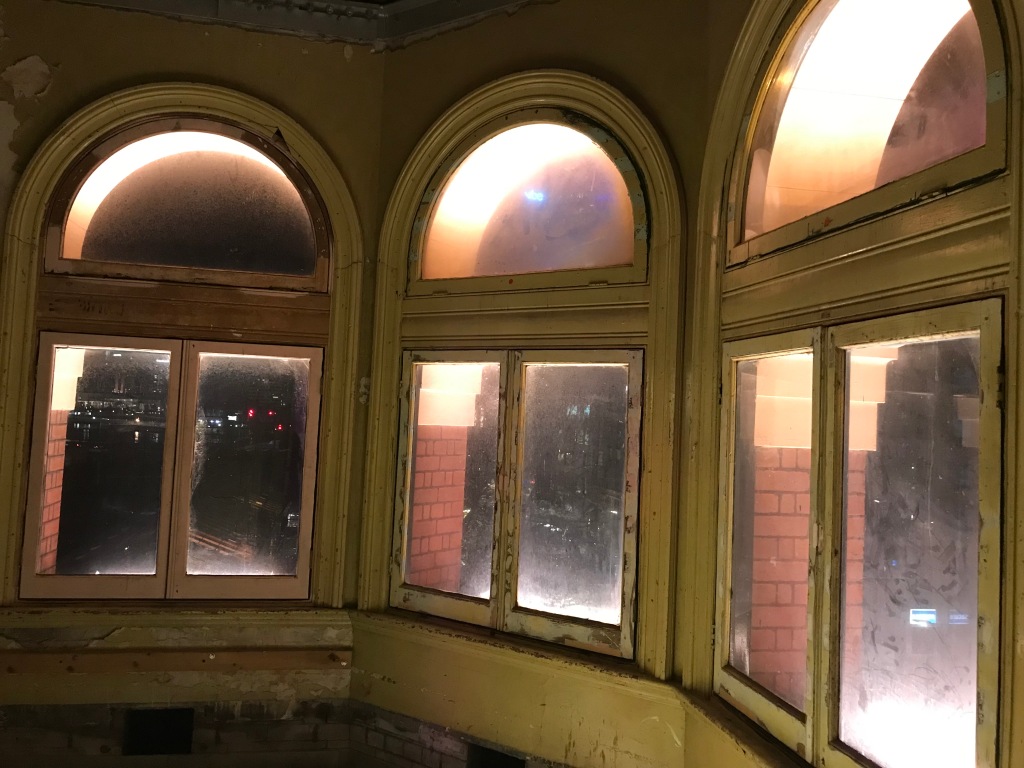
















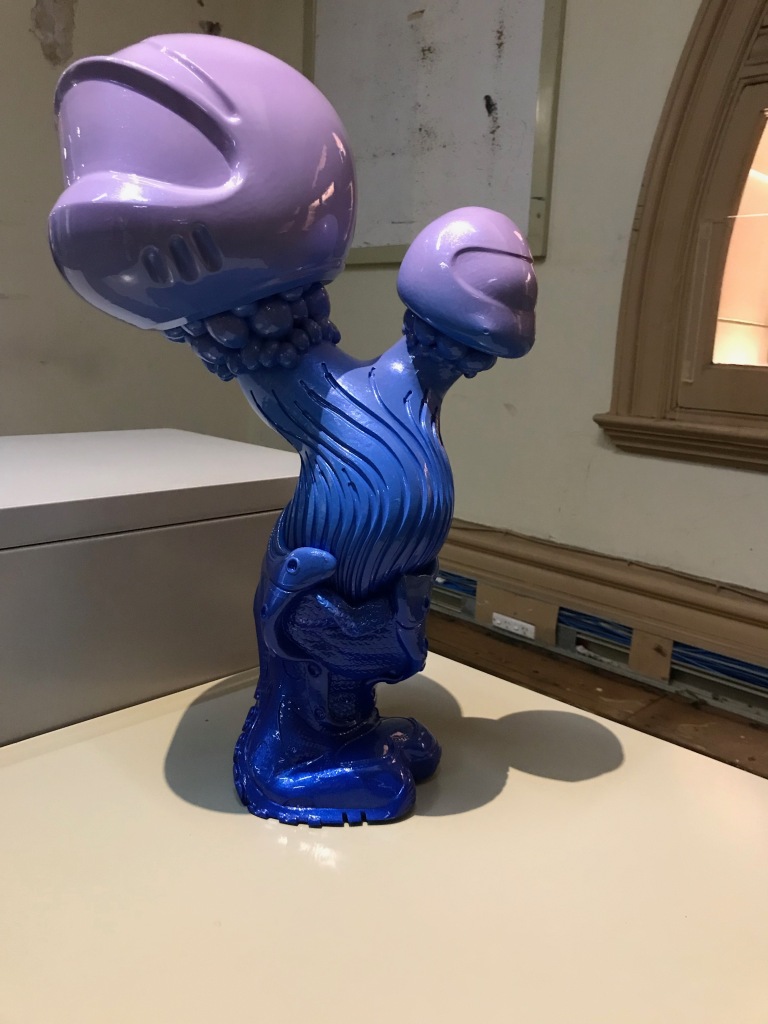








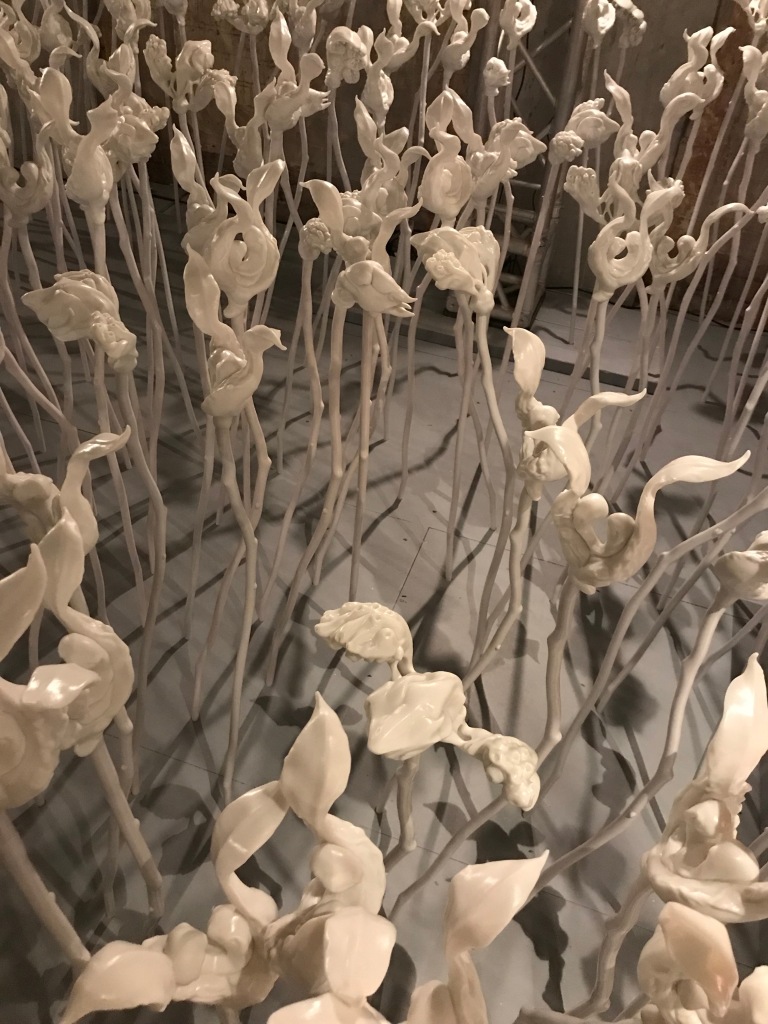






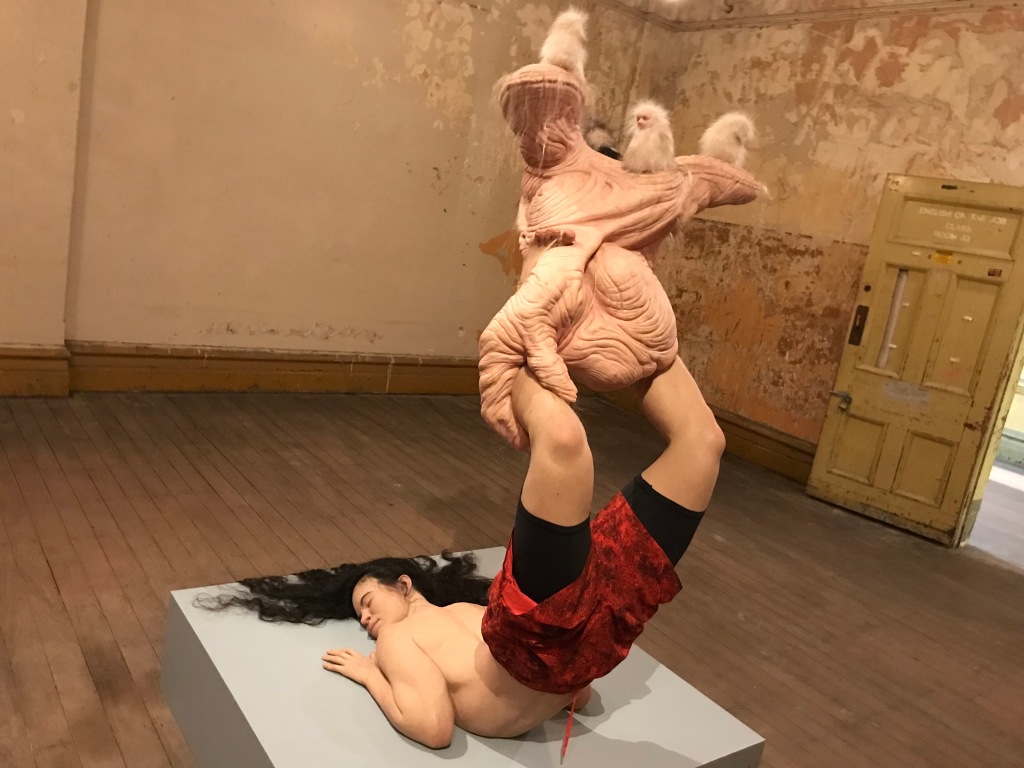





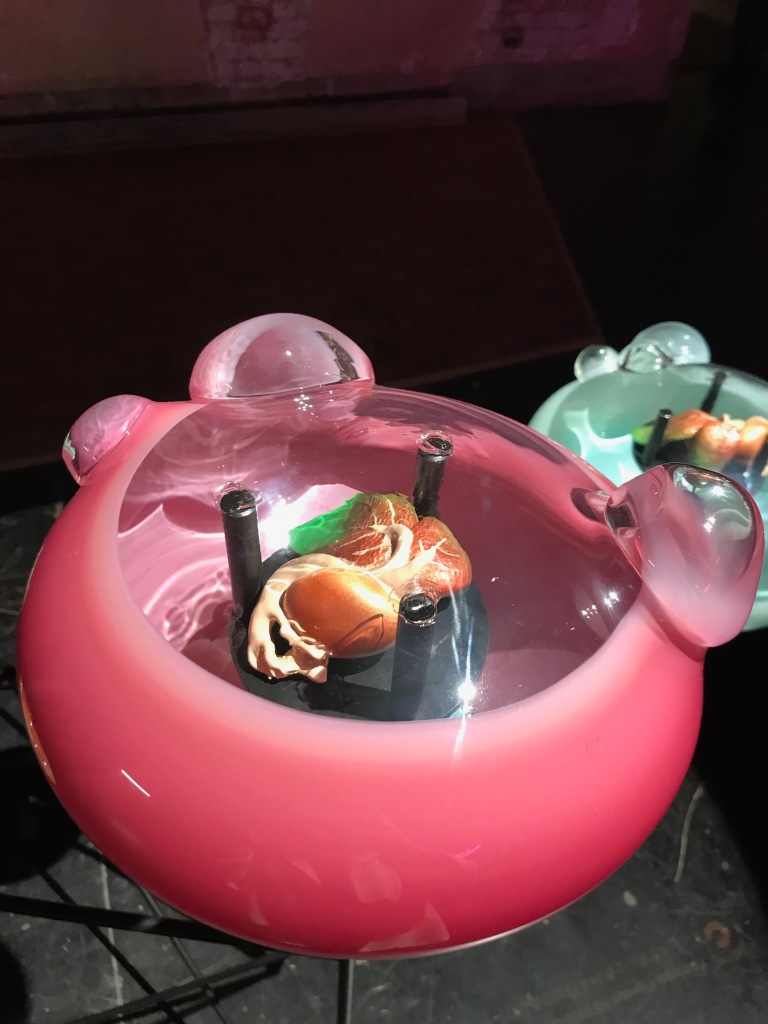







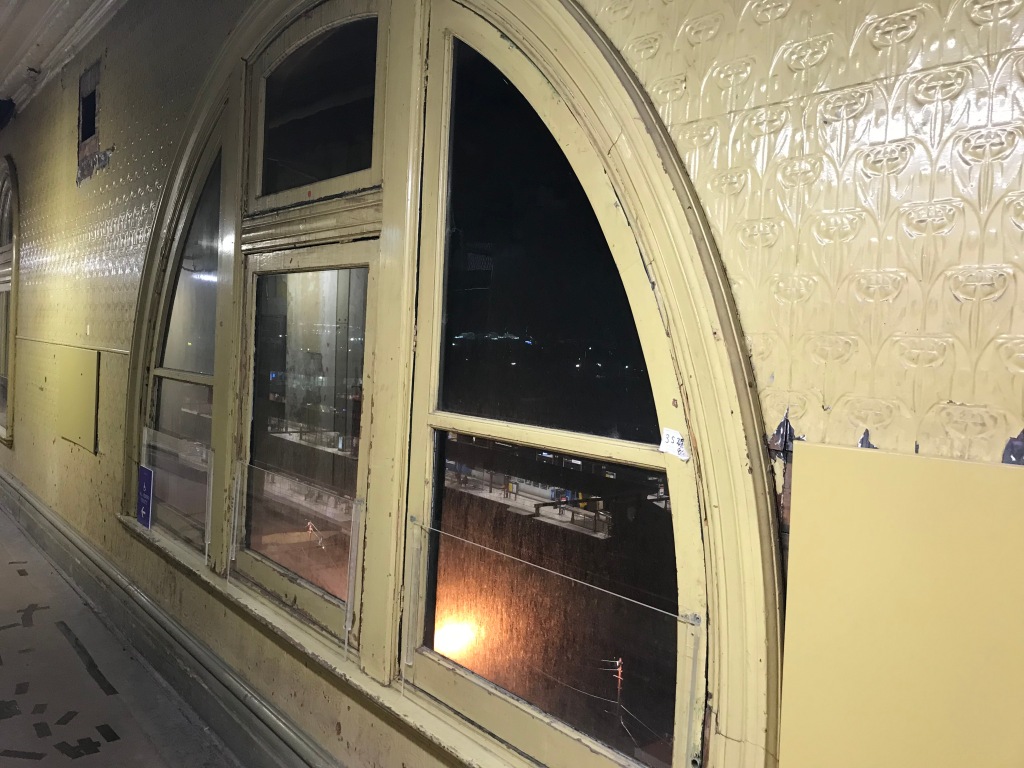




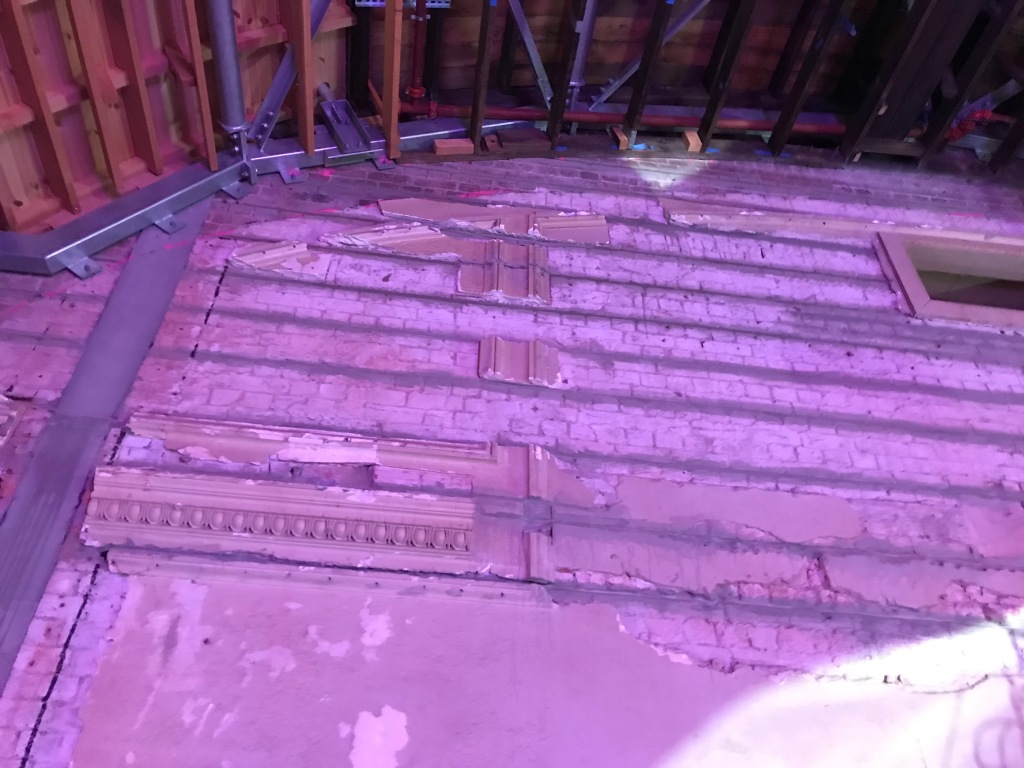
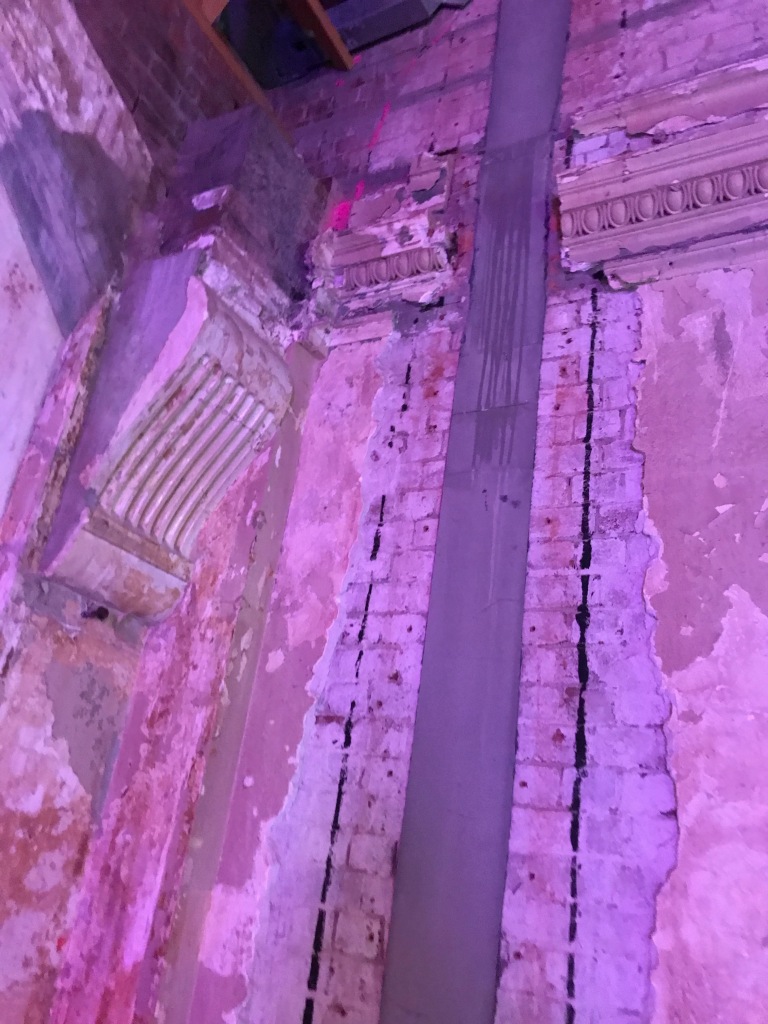



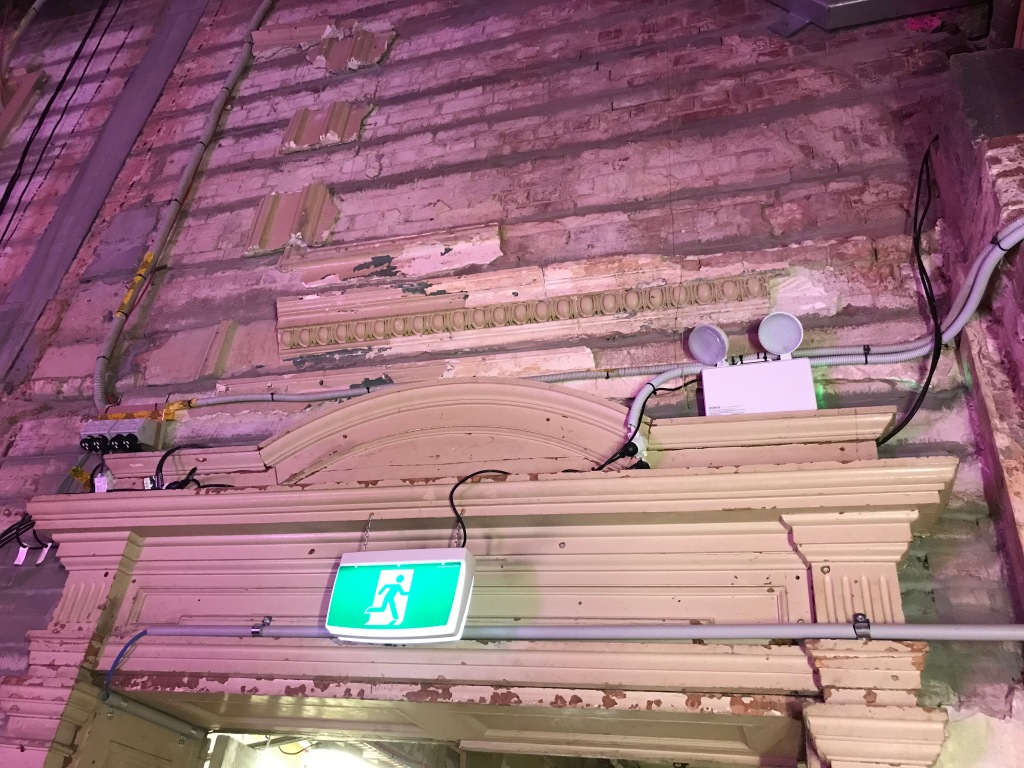
CONGRATULATIONS! Your blog has been included in INTERESTING BLOGS in FRIDAY FOSSICKING at
https://thatmomentintime-crissouli.blogspot.com/2021/06/friday-fossicking-25th-jun-2021.html
Thank you, Chris
What an incredible building…and so much history. Thank you for a great article.
LikeLiked by 1 person
thanks 🙂
LikeLiked by 1 person
Is it possible to organise a guided tour for a dozen people who do a monthly trip into Melbourne, first Thursday of the month. We would love to see the hidden parts of FLinders Street station and the ballroom.
LikeLike
Hi Sally, it’s unlikely i’m afraid. I got in as part of an art exhibition that sadly finished in July this year. You can try contacting the station, but they don’t usually let people in as far as I know. Ellen
LikeLike
Thank you for your reply. It’s so nice to get an answer from a human being again. I’ll follow up with Metro PR. Thanks for the suggestion.Sally
LikeLike
Hi Sally, no problem and good luck!
LikeLike
Hi Sally, buy tickets to the current exhibition Time by Rone.
The ballroom and eleven other rooms on the third floor are part of the exhibition and you are free to wander around. Amazing experience.
Cheers, Andrew.
LikeLike
Agreed- I’ve just seen Time by Rone today- I just logged in to add the photos to this post. You get to have a good look around and it’s really special in and of itself
LikeLike
Agreed- I’ve just seen Time by Rone today- I just logged in to add the photos to this post. You get to have a good look around and it’s really special in and of itself – I just done an update with pictures and info about the Rone exhibition too https://historicalragbag.com/2022/11/28/flinders-street-ballroom-part-2/
LikeLike